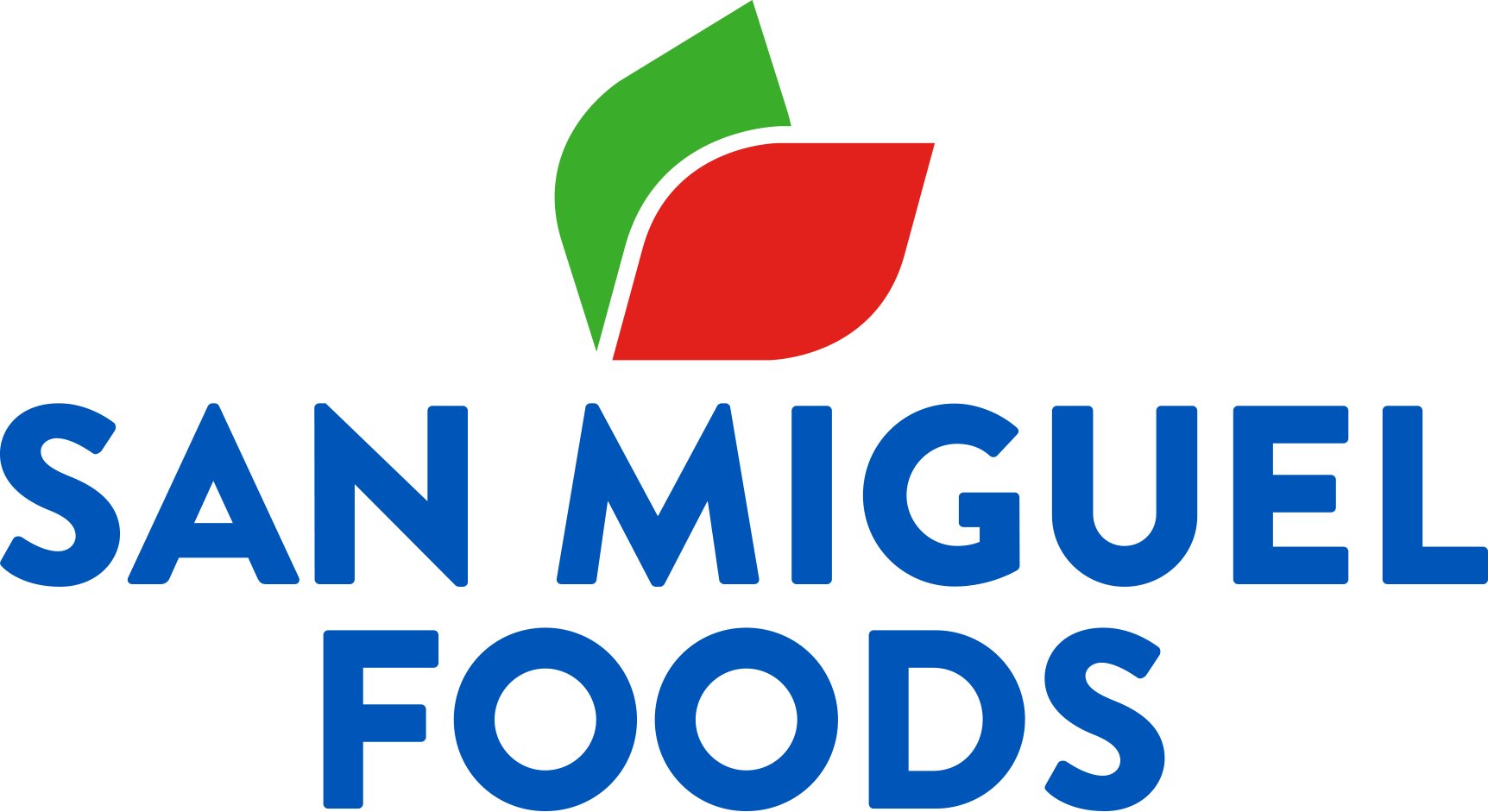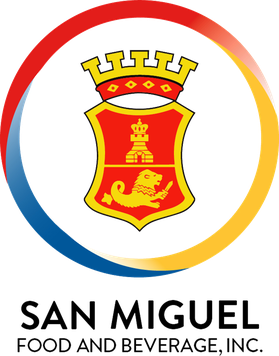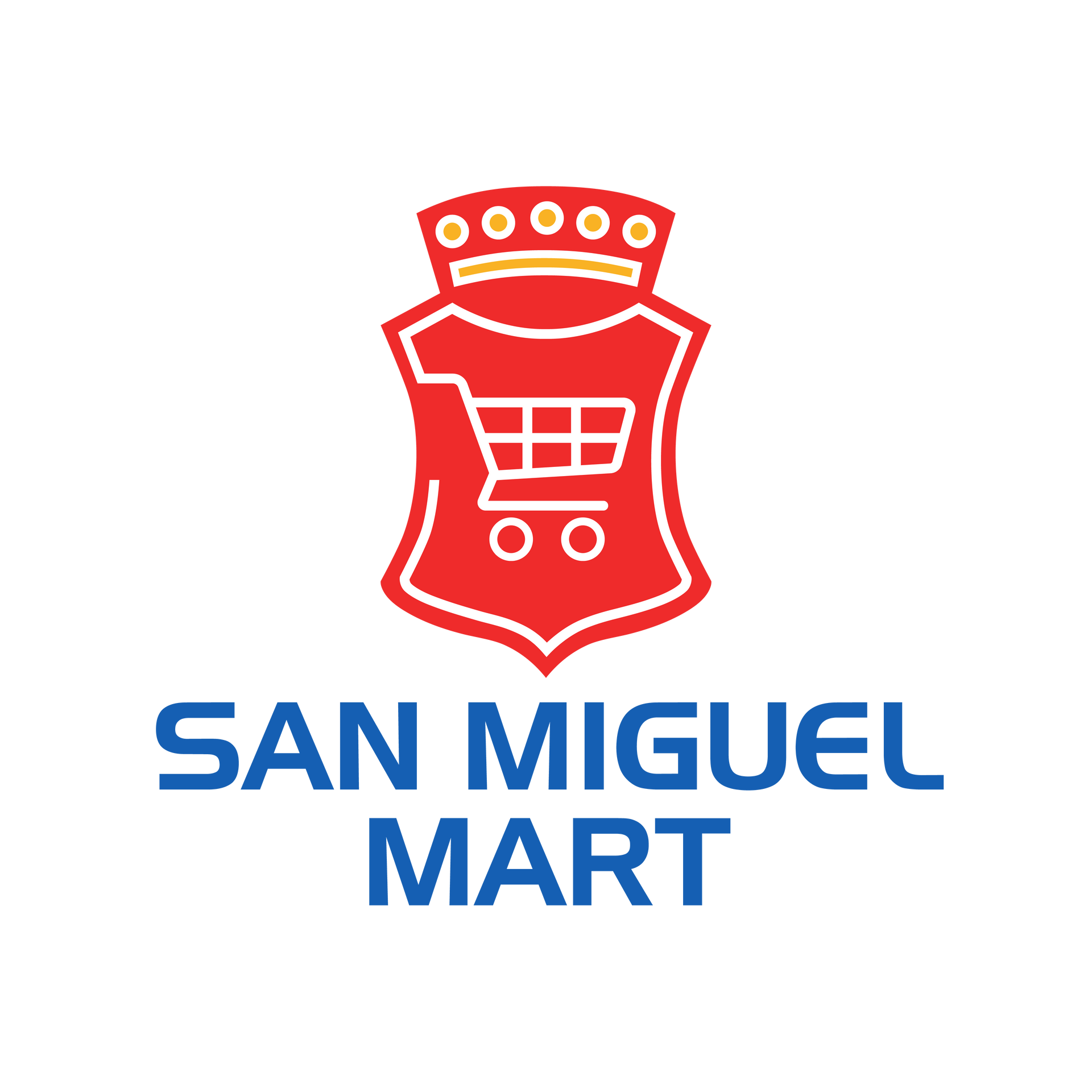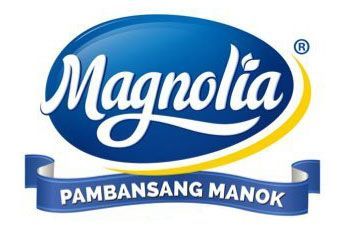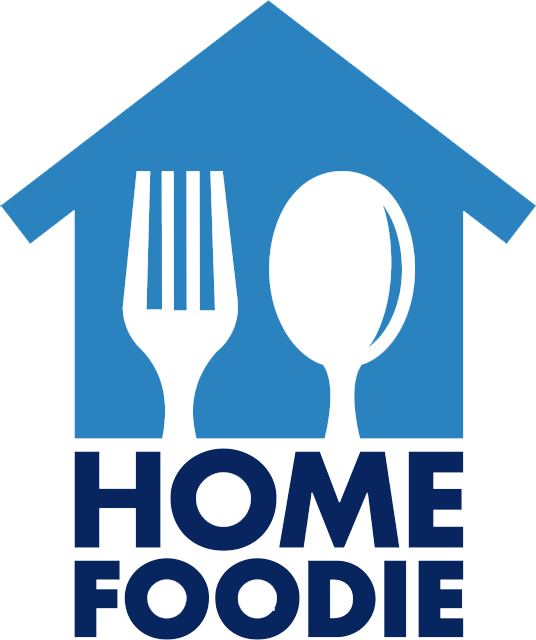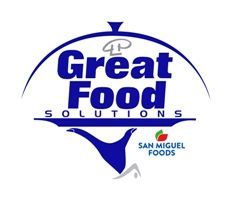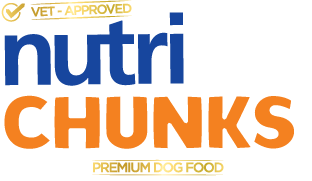Frequently Asked Questions
You’ve Got Questions. We’ve Got You.
From ingredients to delivery, storage to safety—this is where we clear things up, fast.
What is processed food?
Processed food refers to any food that has been altered from its natural state for reasons such as safety, convenience, or shelf life. Common processing methods include freezing, canning, baking, drying, and the addition of preservatives or flavorings.
Are processed foods safe to eat?
Yes, processed foods are generally safe when manufactured and stored properly. Processing methods such as pasteurization, freezing, and canning help kill harmful bacteria, extend shelf life, and reduce the risk of foodborne illness.
How does food processing improve food safety?
Food processing enhances safety by reducing microbial contamination through techniques such as:
- Pasteurization (e.g., milk and juice)
- Sterilization and canning
- Vacuum sealing and freezing
These methods help ensure food remains safe and shelf-stable over time.
Can processed foods be more affordable than fresh foods?
Yes. Many processed foods—such as canned meats, cheese—are often more affordable per serving than their fresh counterparts. This makes them an ideal option for budget-conscious households.
Why are processed foods commonly consumed by working-class and budget-conscious households?
Processed foods offer practical benefits for working-class and budget-conscious households due to their:
- Affordability, making them accessible for families with limited financial resources
- Extended shelf life, reducing food waste and the need for frequent shopping
- Convenience and quick preparation, which is especially helpful for individuals with busy work schedules or multiple jobs
Do processed foods provide good nutrition for their price?
Yes, many processed foods offer excellent nutritional value at an affordable cost. Examples include:
- Fortified processed meats and cheeses provide protein, iron, and vitamins
- Shelf-stable milk alternatives are enriched with calcium and vitamin D
- Fortified butter and margarine contain healthy fats and vitamins
- Sugar-free coffee provides lower calorie options without added sugars
Can processed foods provide essential nutrients?
Absolutely. Many processed foods are fortified with key nutrients such as protein, fiber, vitamins, and minerals. When chosen wisely, they can be an important part of a nutritious diet.
Are there benefits to including some processed foods in the diet?
Yes. Processed foods offer several benefits, such as:
- Convenience and time-saving
- Extended shelf life, making them ideal for long-term storage
- Consistent nutrient content, especially in fortified products like cereals or dairy alternatives
Can processed foods be part of a balanced diet?
Yes, processed foods can be part of a balanced diet when chosen carefully. Many processed foods, like whole-grain bread, fortified canned meats, and fortified dairy products, provide essential nutrients and can complement fresh ingredients for a well-rounded diet. By reading nutrition labels carefully, you can enjoy the convenience and nutritional benefits of processed foods without compromising your health.
What role do processed foods play in meal planning?
Processed foods can:
- Save preparation time
- Reduce food waste
- Simplify cooking when combined with fresh ingredients
They are especially helpful for busy individuals or families who need time-efficient meal options.
Are homemade alternatives always safer or cheaper?
Not necessarily. While home-cooked meals can be more wholesome, some processed foods are often more affordable, time-efficient, and nutritionally-comparable when chosen wisely.
How can I choose safer processed food products?
Look for products that:
- Are FDA-registered or certified by recognized food safety authorities
- Carry globally accepted certifications (e.g., HACCP, ISO 22000)
- Have clear, compliant food labels detailing ingredients and nutrition facts
What should I look for in labels to assess nutritional quality?
To make healthier choices, check for:
- Short ingredient lists
- Low levels of sodium and added sugars
- Healthy fats (avoid trans fats)
- Whole grains or fiber-rich ingredients
How can I balance the safety and cost benefits of processed foods with healthy eating?
Follow these practical tips:
- Choose low-sodium, no-sugar-added options
- Mix processed staples (like canned beans) with fresh produce
- Use unit pricing to evaluate cost-effectiveness
- Read nutrition labels to avoid overly processed or high-fat/sugar items
Do processed foods have any environmental benefits?
Yes, in some cases. Processed foods can help reduce food waste by extending shelf life and offering better portion control. For example, frozen and canned products help preserve surplus harvests that might otherwise be discarded. Additionally, shelf-stable items require less frequent transportation and refrigeration, which can reduce overall energy use in the food supply chain.
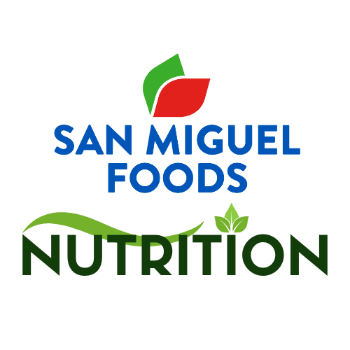
Fueling The Balance Towards Wellness

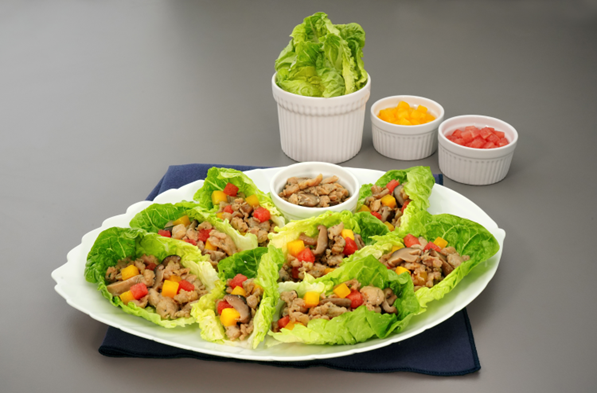
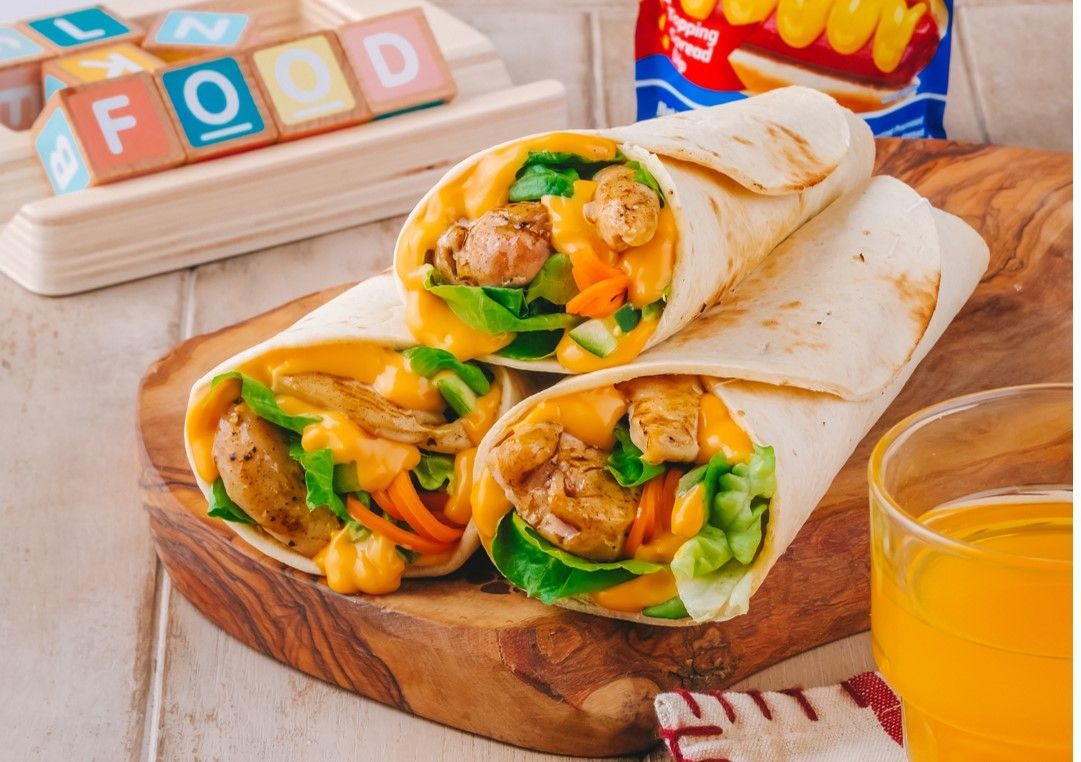
Wellness Begins With What’s On Our Plate
Let’s shift the focus to the goodness of what we eat.
